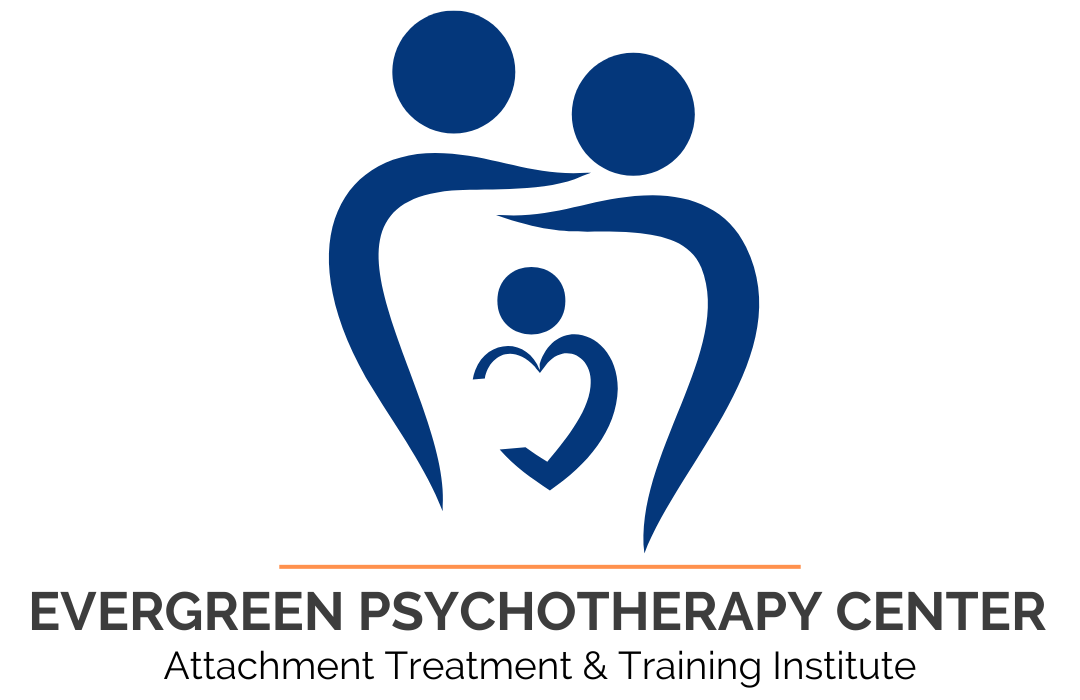Each month, Dr. Levy answers a common question he has received from professionals, caregivers and parents during three decades of pioneering work on attachment theory, treatment and training. Previously, he discussed the Seven Functions of Secure Attachment, the Dependency Paradox and the importance of talking about trauma. This month, he explains the First Year of Attachment Cycle.
Question: What are the four stages of the First Year of Life Attachment Cycle?
Answer: The development of trust is a basic task that must be accomplished in the early stages of life. Trust provides a foundation for future emotional and social growth and serves as a template for all future relationships. Trust is learned within the context of child-parent attachment which is an ongoing reciprocal partnership.
Reciprocity begins in the womb. Physical and emotional communication between the unborn baby and their parents has a major impact on future health and development. This reciprocal relationship becomes even more critical once the child is born. A newborn baby’s nervous system is not well-organized. It is through the mutual give and take between infant and caregiver/parent that organization and development occur. For example, the baby’s smile brings joy and pleasure to the enchanted mother, motivating her to cuddle and stay close. Conversely, the mother’s familiar smile soothes and relaxes their baby. Their love and sensitivity regulate their baby’s body and brain. Research shows that maternal touch stimulates growth hormones and that the mother’s milk changes the baby’s heart rate, for example. By 3 months of age, more than 50 percent of the moods and behaviors of mothers are influenced by their baby, while 40 percent of the infant’s behaviors are a reaction to mom. Mothers and babies continuously affect each other in a “dance of reciprocity.”
The Cycle
This relationship relies on the baby’s ability to communicates needs as well as the parents’ ability to accurately read their baby’s signals and respond in a timely and sensitive way. This occurs in the First Year of Life Attachment Cycle.
The four stages are as follows:
- The infant has needs
- They express these needs through arousal (Crying, facial expressions, motion)
- The parent responds and meets the baby’s needs. (Gratification)
- The baby feels relief and relaxes
Through the ongoing alleviation of arousal and discomfort and gratification of basic needs, the baby develops trust and security. This also directly affects a child’s developing sense of self, impulse control, and ability to form loving and compassionate relationships in the future.




Trackbacks/Pingbacks